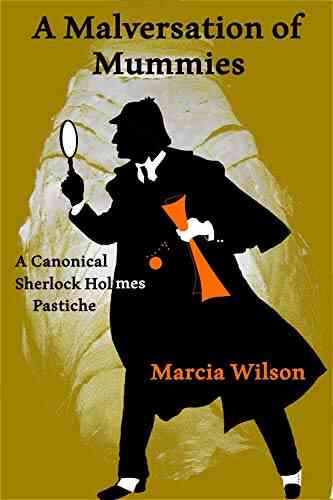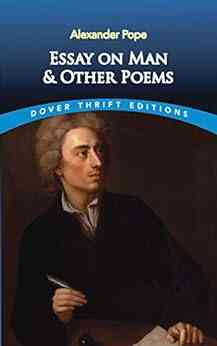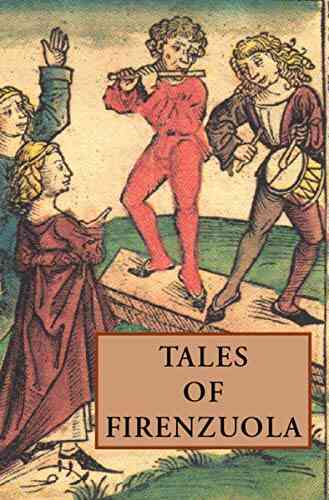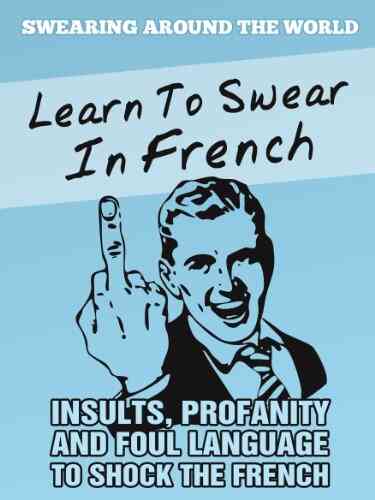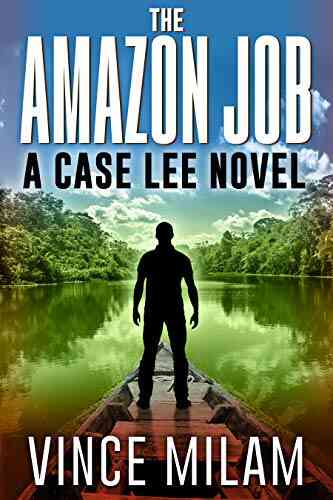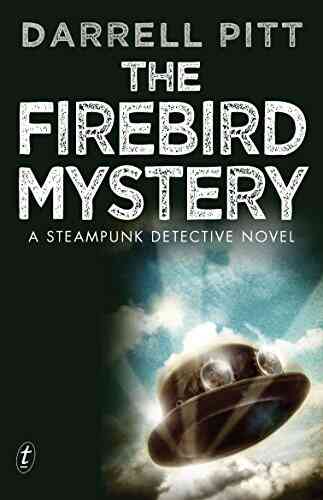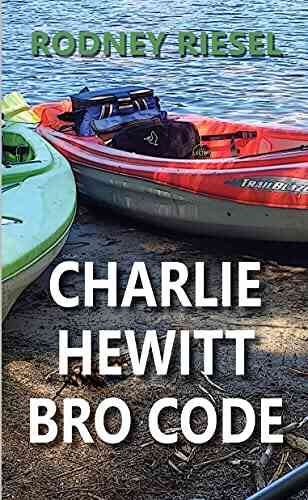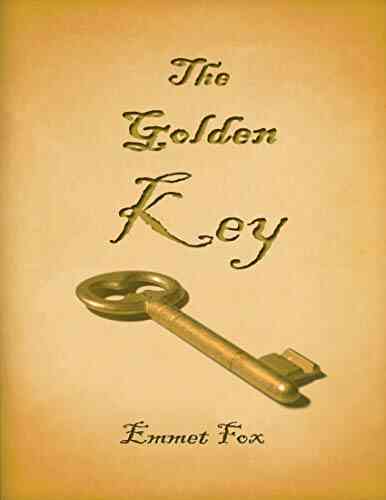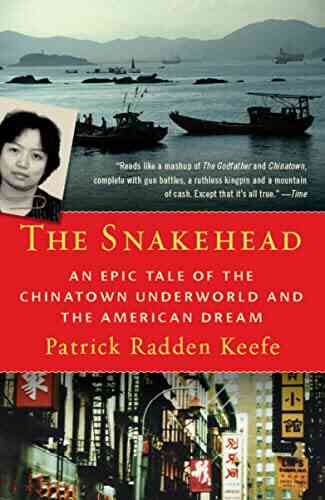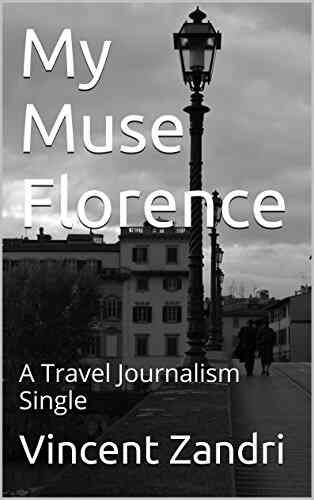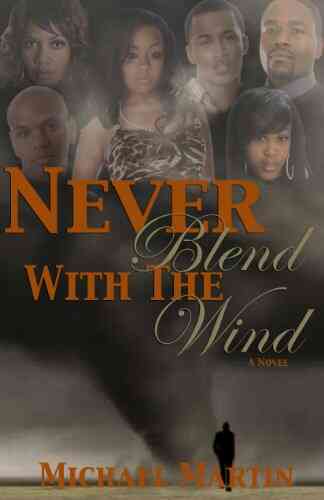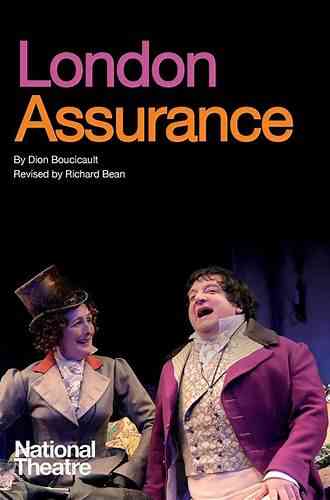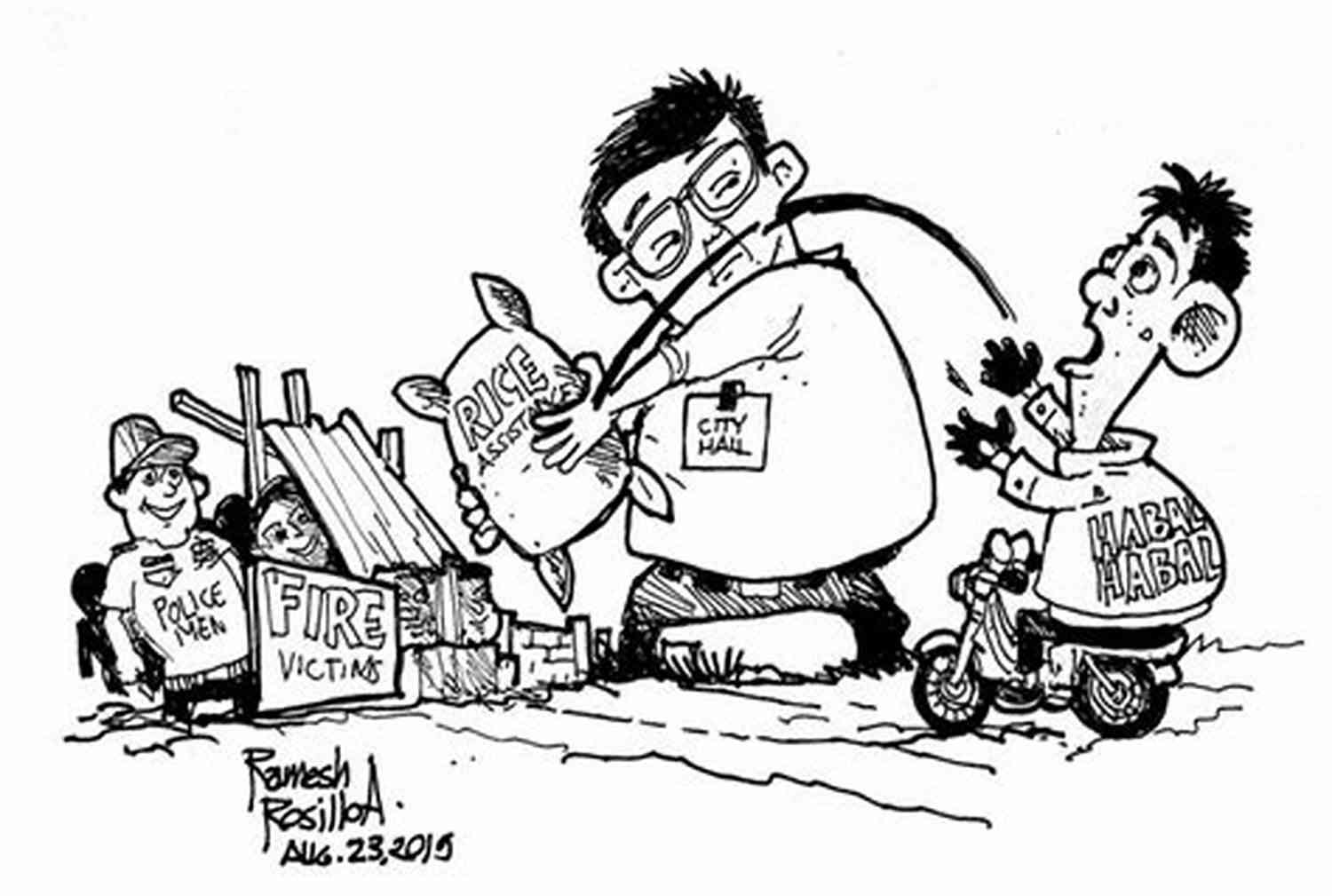
Have you ever wondered what lies beneath the enigmatic and age-old process of mummification? How do researchers and archaeologists piece together the stories of ancient civilizations through these preserved bodies? While mummies have long fascinated both scientists and the general public, a recent scandal involving renowned scientist Marcia Wilson has shed light on a dark side of this field. Join us on a journey to uncover the secrets behind the malversation of mummies by Marcia Wilson, a name that will forever be remembered in the annals of history.
Chapter 1: The Rise of Marcia Wilson
Marcia Wilson, a brilliant and promising archaeologist, captivated the world with her groundbreaking discoveries during the early 2000s. Her expertise in Egyptology and unwavering determination catapulted her to the top of her field. Wilson's ability to unravel the mysteries of ancient civilizations through the study of mummies earned her international acclaim. She became a respected authority, regularly invited to museums, conferences, and universities to share her expertise. However, as we delve deeper into her story, we begin to witness the darker side of her achievements.
Chapter 2: The Unraveling
It was during a routine examination of a newly discovered mummy that an assistant stumbled upon a wave of alarming irregularities. Marcia Wilson had deceived the world, exploiting her esteemed position to carry out illicit activities that would forever tarnish her legacy. Unbeknownst to her admirers, Wilson had been involved in the illegal trade of ancient artifacts and mummies. Her actions not only violated ethical standards but also caused irreparable damage to historical treasures that should have been preserved for future generations.
4 out of 5
| Language | : | English |
| File size | : | 1616 KB |
| Text-to-Speech | : | Enabled |
| Screen Reader | : | Supported |
| Enhanced typesetting | : | Enabled |
| Word Wise | : | Enabled |
| Print length | : | 21 pages |
| Lending | : | Enabled |
Chapter 3: The Fallout
Marcia Wilson's malversation of mummies sent shockwaves through the archaeological community. Trust in her expertise and integrity crumbled, leaving colleagues and institutions questioning the authenticity of her previous findings. Museums started inspecting their collections more rigorously, fearing the presence of illicitly obtained artifacts. Moreover, the scandal triggered a worldwide outcry to strengthen regulations surrounding the preservation and trade of ancient relics, thus leading to a significant change in how the archaeological community operates.
Chapter 4: The Aftermath
The aftermath of Wilson's malversation marked a turning point in the field of archaeology. Stricter guidelines and regulations were implemented to prevent a recurrence of such unethical practices. Institutions now conduct thorough background checks on researchers, ensuring their credibility and commitment to preserving cultural heritage. Furthermore, international collaboration between museums and archaeological societies has increased, fostering transparency and accountability within the discipline.
Chapter 5: Lessons Learned
The malversation of mummies by Marcia Wilson served as a stark reminder of the lengths some individuals will go to satisfy personal ambitions. It highlighted the importance of maintaining ethical standards and respecting the cultural heritage of nations. The scandal also reinforced the need for continued vigilance and scrutiny in the field of archaeology to safeguard historical artifacts from falling into the wrong hands.
The malversation of mummies by Marcia Wilson unveiled an underbelly of the archaeological world that few could have imagined. It shattered the image of a distinguished scientist and left behind a legacy of deception and betrayal. However, it also served as a catalyst for positive change, prompting the implementation of stricter regulations and fostering a heightened sense of responsibility within the archaeological community. It is a story that will forever remind us of the importance of safeguarding our historical treasures and the ethical responsibilities we bear as custodians of our shared past.



